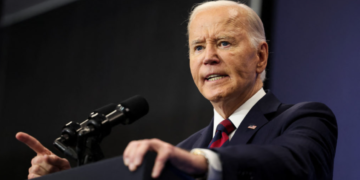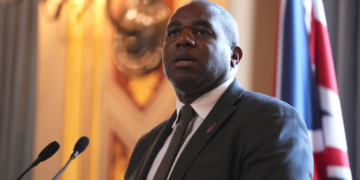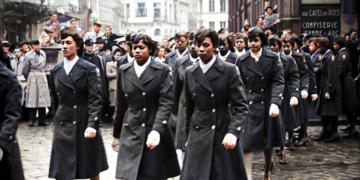Sep 5, 2024 Story by: Editor
A recent study reveals that students from some ethnic minority backgrounds are up to four times more likely to be expelled from mainstream schools as exclusion rates rise sharply.
According to the research, Black Caribbean students and those of mixed Black and white heritage are twice as likely to be placed in alternative education settings such as Pupil Referral Units (PRUs), while Romani/Gypsy, Roma, and Irish Traveller students face a fourfold likelihood of this outcome.
The report, conducted by the Institute for Public Policy Research (IPPR) in collaboration with education charity The Difference, has sparked concerns among campaigners, who suggest that racism and teacher bias may be contributing to racial disparities in exclusion rates.
Suspensions and expulsions across all schools and age groups in England surged by nearly 25% last year compared to the previous year.
Efua Poku-Amanfo, a research fellow at IPPR, commented, “Lost learning is contributing to racial injustice as children from some ethnic minority backgrounds (Black Caribbean, Romani (Gypsy) Roma, and Irish Traveller) are disproportionately being excluded. Many of these students have expressed that they experience racism at school, which can impact their feelings of safety and belonging.”
She added, “As a result, these young people are more likely to be placed in alternative provision (AP) away from mainstream schools and are at higher risk of poor academic outcomes and youth violence.”
The study cites research by Jahnine Davis, a UK expert in adultification bias within child protection and safeguarding, which suggests that the failure to recognize the racism faced by ethnic minority children, both inside and outside of school, coupled with this bias, may explain why their vulnerabilities are often overlooked.
As a consequence, behavior rooted in these vulnerabilities may be misinterpreted as merely disruptive or malicious, leading to punitive measures rather than a deeper investigation.
Broader research suggests that teachers’ perceptions of what makes a “good learner” are often influenced by factors like gender, race, and class, affecting which students are seen as less capable of learning.
The report highlights that the expulsion rate of Black Caribbean girls has tripled in the past year alone.
Additionally, the findings caution that many commonly used estimates of exclusions and absences fail to capture the full extent of lost learning across the country, with the most vulnerable children being the most likely to miss out on education.
Children from poorer backgrounds, those known to social services, students with special educational needs (SEN), mental health issues, and those from ethnic minority backgrounds are disproportionately affected by missed learning opportunities.
Shockingly, 90% of excluded students do not achieve a pass in GCSE Maths or English, and over half of those in alternative provision schools are not entered for these key subjects. Less than 5% of these students achieve a standard pass.
A Department for Education spokesperson acknowledged the concerning rise in school suspensions and permanent exclusions, stating, “The rising number of school suspensions and permanent exclusions are shocking, and show the massive scale of disruptive behavior that has developed in schools across the country, harming the life chances of children.”
The spokesperson added, “We are determined to address the root causes of poor behavior. We’ve committed to providing access to specialist mental health professionals in every school, introducing free breakfast clubs in every primary school, and ensuring earlier intervention for students with special needs in mainstream schools.”
They also emphasized that broader social issues contribute to poor behavior, noting that the Government is working on a comprehensive strategy to tackle child poverty, led by a task force co-chaired by the Education Secretary, to remove barriers to opportunity. Source: INDEPENDENT

















